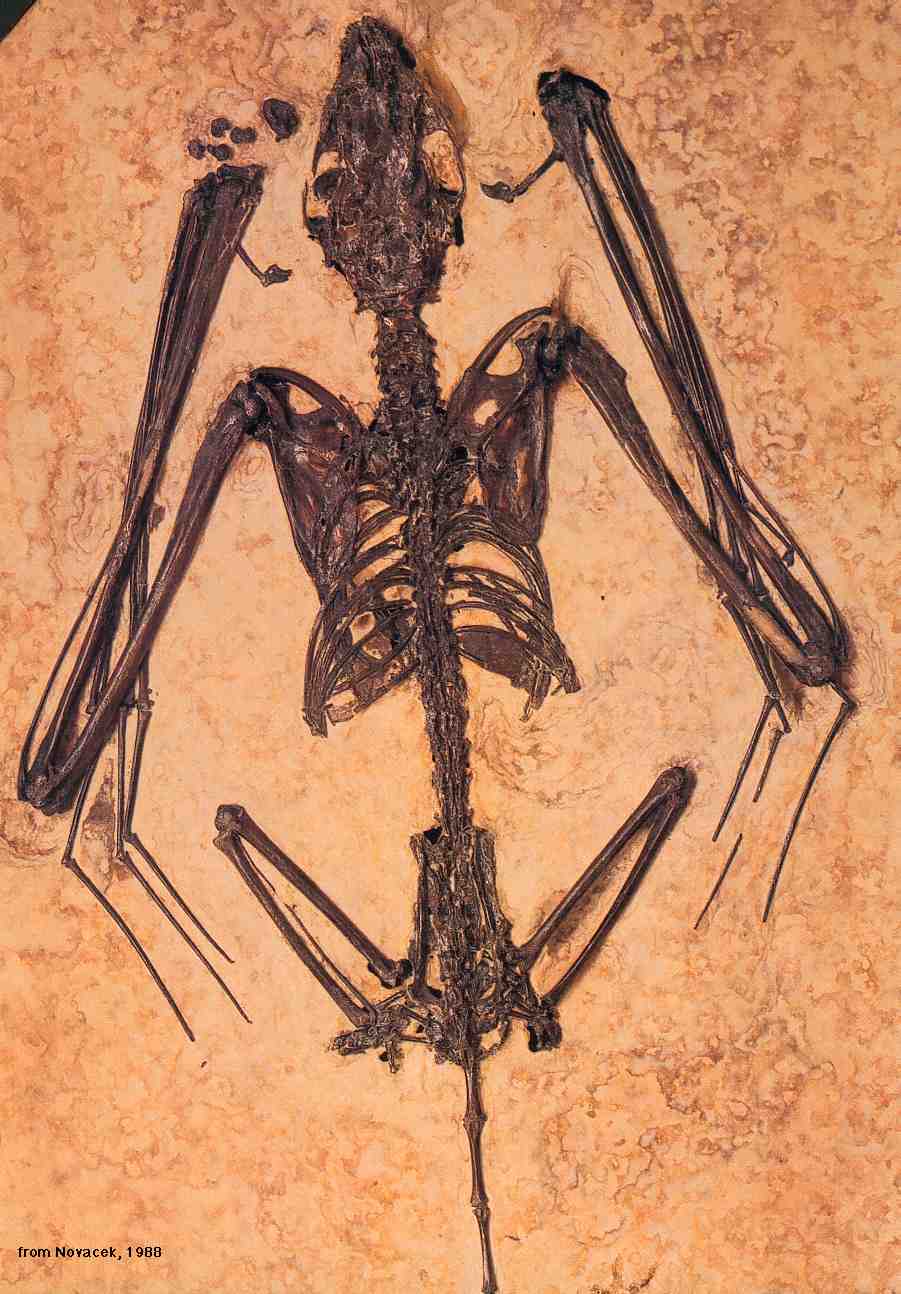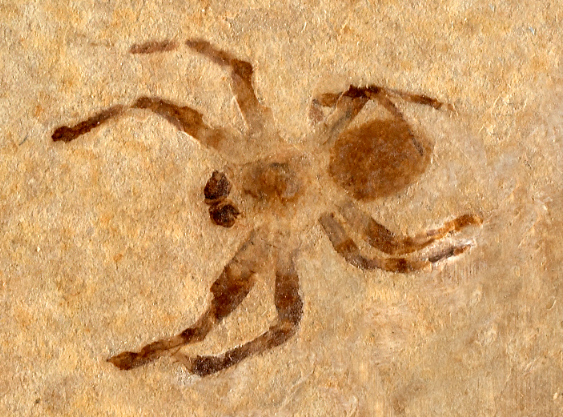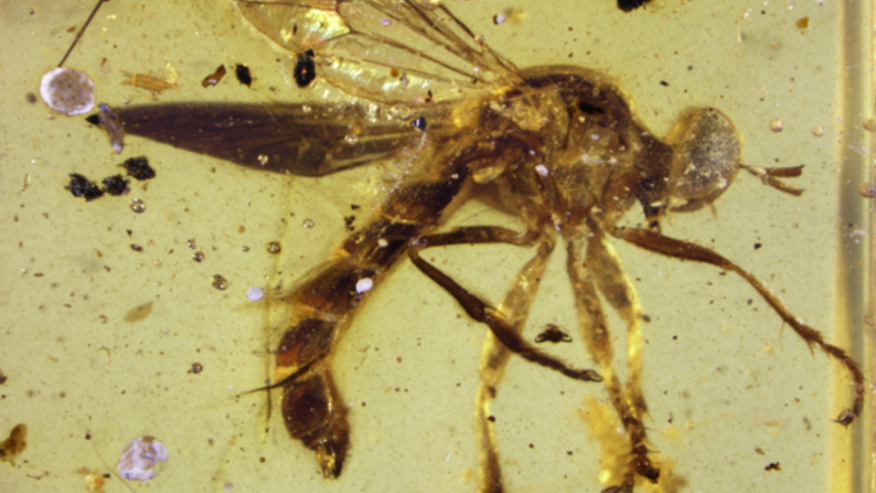Barbarian, regarding the idea that evolution can't produce information:
That sounds a little crazy, given the demonstrations that useful information happens through random mutation and natural seletions. However, I'm sure we'd all be interested in seeing your numbers.
(Creationist cuts and runs)
(Creationist asserts that there are not transitionals)
Barbarian chuckles:
Well, let's test that idea. Name me two major groups, said to be evolutionarily connected, and I'll see if I can find a transitional form.
Mark makes an effort:
Trees or Mushrooms; What do you think existed First?
Barbarian chuckles:
Trees and Musrooms are in entirely different kingdoms. Fungi are actually more closely related to animals than to plants.
Try again?
Sure, Barbie; Urchin to Starfish/Brittlestar?
Neither gave rise to the other. Genetic and anatomical evidence shows that they had a common, helioplacoid ancestor, from which both groups evolved. Would you like to see the evidence for that?
I already Established that Evolutionist Theorists believe that the Urchin reproduced it's way to a Starfish; Explain.
You've been suckered again, Mark.
Or, do you just believe that those fossils just have not been found yet.
These are fairly common for such ancient fossils.
I personally hold a Like Belief, only it goes like this; We have yet to find many of the Oldest Modern Looking Fossils.
You have a personal belief that pot won't rot your mind, too.
Good thing we have Examples of pretty much Every Species that exists in the Modern World.
Show us Cambrian fossils of rabbits, flowering plants, insects, birds, dinosaurs, cephalopods, monkeys...
They recently found a Bat that is supposed to be over 55 Million years old, and contains all the Same Bat anatomy that the Modern Bats do today;
It's always dangerous to base your beliefs on what we don't know:
The clawed bat part refers to one of the many intermediate features that make Onychonycteris the most primitive bat species ever described. In all current and prior fossil species of bats, most of the digits in the wing lack the claws typical of mammalian digits. That's not the case here: all Onychonycteris digits end in claws. The hind limbs are also unusually long, as is the tail, but the limb contains a feature that suggests the presence of a skin flap between the hind limbs and the body.
The relatively short wings and long hindlimbs place Onychonycteris outside of all previous bat species in terms of the ratio between its limbs. In fact, a plot of this ratio puts the fossil species neatly between bats and long-armed creatures like sloths—exactly what would be expected from a species at the base of the bat lineage.
http://arstechnica.com/science/2008/02/earliest-bat-fossil-reveals-transition-to-flight/

Primitive Early Eocene bat from Wyoming and the evolution of flight and echolocation
Nature 451, 818-821 (14 February 2008) | doi:10.1038/nature06549
Bats (Chiroptera) represent one of the largest and most diverse radiations of mammals, accounting for one-fifth of extant species1. Although recent studies unambiguously support bat monophyly2, 3, 4 and consensus is rapidly emerging about evolutionary relationships among extant lineages5, 6, 7, 8, the fossil record of bats extends over 50 million years, and early evolution of the group remains poorly understood5, 7, 8, 9. Here we describe a new bat from the Early Eocene Green River Formation of Wyoming, USA, with features that are more primitive than seen in any previously known bat. The evolutionary pathways that led to flapping flight and echolocation in bats have been in dispute7, 8, 9, 10, 11, 12, 13, 14, 15, 16, 17, 18, and until now fossils have been of limited use in documenting transitions involved in this marked change in lifestyle. Phylogenetically informed comparisons of the new taxon with other bats and non-flying mammals reveal that critical morphological and functional changes evolved incrementally. Forelimb anatomy indicates that the new bat was capable of powered flight like other Eocene bats, but ear morphology suggests that it lacked their echolocation abilities, supporting a ‘flight first’ hypothesis for chiropteran evolution. The shape of the wings suggests that an undulating gliding–fluttering flight style may be primitive for bats, and the presence of a long calcar indicates that a broad tail membrane evolved early in Chiroptera, probably functioning as an additional airfoil rather than as a prey-capture device. Limb proportions and retention of claws on all digits indicate that the new bat may have been an agile climber that employed quadrupedal locomotion and under-branch hanging behaviour.
The tail membrane and the primitive nature of the wings, is consistent with a primitive flyer. Primitive pterosaurs showed the same pattern; short wings, long tail, which confered stability but less maneuverability. Later bats and pterosaurs dispensed with a long tail, abandoning stability for maneuverabilty. Notice primitive birds have long tails as well. Later flyers have more skill at using wings to control an inherently unstable flight configuration.
Just wait till we find the Really Old Bats.
Surprise. This isn't the first time it's happened. In my lifetime, creationists used to argue that there were no intermediates for frogs, turtles, whales, etc...(long list)
And for each of them, new fossils appeared that matched the predicted transitional form.
This is just a recent one. At some point, you should be getting the message.







